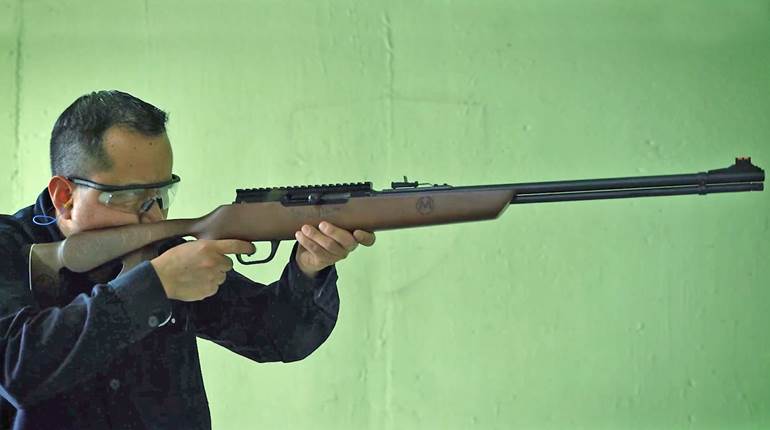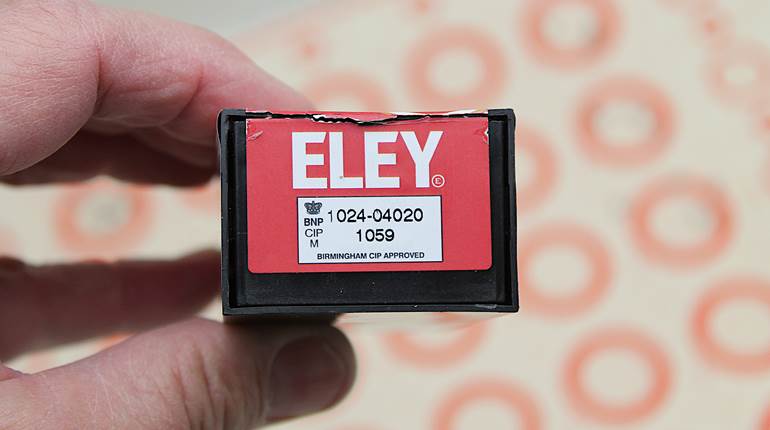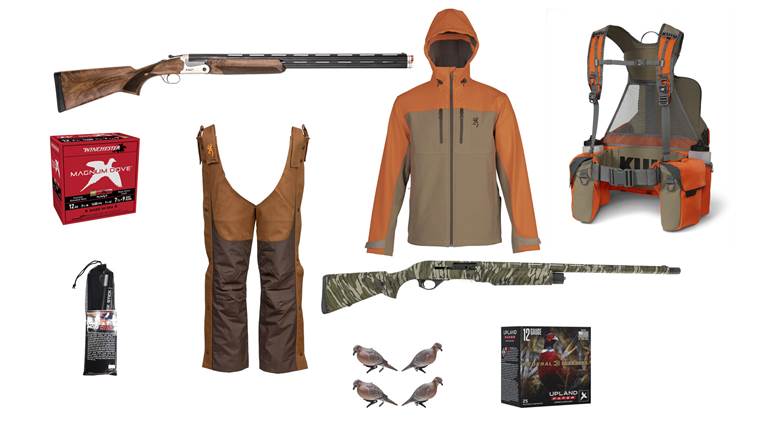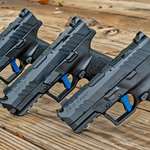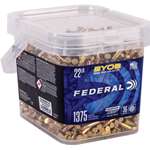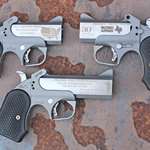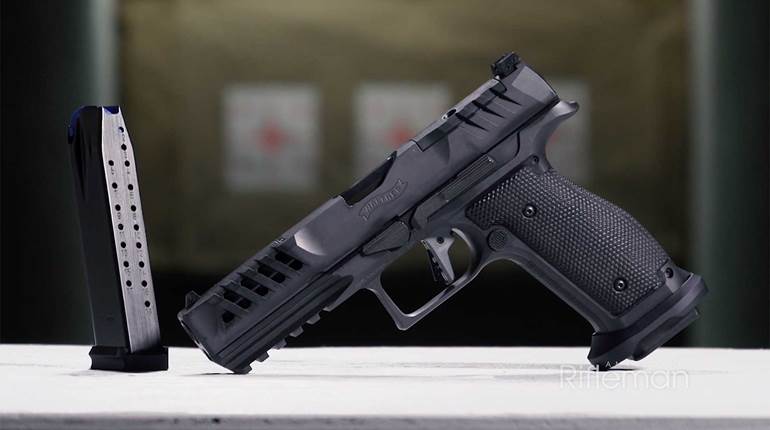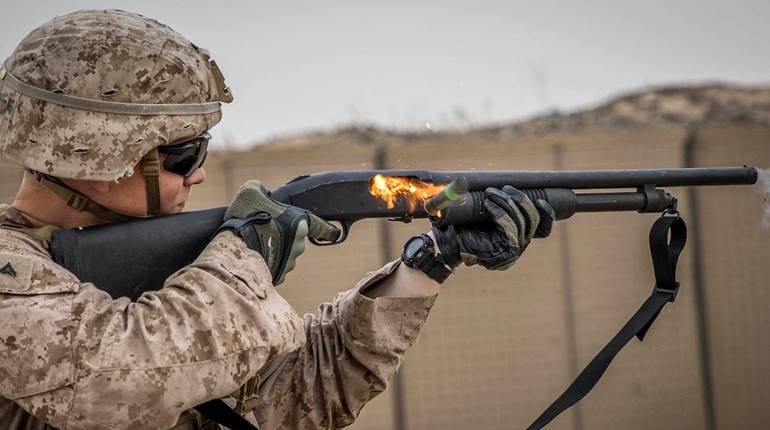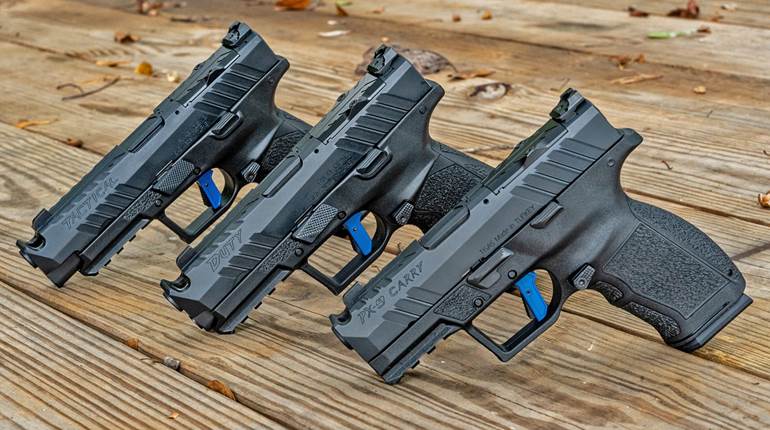
"Isn't it just so cuuuuute?!" That was a lot of folk's reaction to the Browning 1911-22 introduced at the SHOT Show in Las Vegas in January. It was pretty much my reaction, too. When I picked it up it felt more like a 1903 Colt, but its look and operation were pure 1911. I am more than just a fan of the 1911. After nearly 40 years of owning and carrying several versions of it, I can attest that I am a true devotee of the pistol. So it's understandable how my interest was piqued when Browning announced this diminutive rimfire.
Over the years, there have been many attempts to produce a rimfire version of John Moses' most famous pistol. Those attempts have resulted in mixed success—that is to say, a lot of guys want one for a cost-effective trainer, but few are willing to tote the note for one. Unfortunately, that may be the fate of this one, if the chatter I have seen on several Internet forums is accurate. Here again, guys pine for a U.S.-built, all-steel, 1911-style .22 that groups less than an inch at 25 yards, has a 3 1/2-pound trigger pull and weighs around a pound—all for about 150 bucks or less. Dream on.
Browning did produce an accurate, scaled-down rendition of the 1911A1 that is made in the USA, weighs a hair less than a pound and is accurate enough for most rimfire chores. But its frame and slide are made from aluminum alloy, and it will set you back significantly more than a C-note and a half with an MSRP of $600. I don't have a problem with aluminum alloy in a pistol of this type, although I'd like to see a better finish than raw casting for the money.
Standard barrel length is 4 1/4 inches—the same as on a Commander, but the scaling accurately replicates a full-size 1911—and a 3.6-inch barreled compact version is planned. The pistol comes with one 10-round magazine. Made of pressed steel with a plastic follower, thumb piece and base plate, it also has a stiff spring. Grip panels are checkered plastic. The safeties replicate the GI ones in form. The manual safety—with its small, nub-like thumb piece—is more like an original 1911 than an A1, so it rests deeper in the thumb if you ride the safety while shooting. It's a mild distraction since the rimfire recoil is minimal, but it did bring back some unpleasant memories of my early shooting with full-size, as-issued .45s.The grip safety is a short-tang type, so guys with fleshy hands and those who grip it high will have to watch out for hammer bite. Operation is straight blowback, and the recoil spring is pretty substantial. That's not too surprising given that the slide is lightweight alloy and smaller.
At the range, the shorter barrel trimmed about 200 fps off what a 6-inch revolver would produce, which is to be expected. Happily, especially for plinkers, my best groups came from Federal American Eagle budget ammo. Groups averaged 1 1/4 inches at 20 yards, but Winchester Power Points were right behind it at 1 3/8 inches. Like the rest of the pistol, the sights are a scaled-down replica of the GI sights. Younger eyes might be able to cut them a bit finer and get better groups. In addition, the trigger pull was a rather stiff 8 pounds, 2 ounces. The 1911-22 isn't intended as a sophisticated target pistol, but again, for the money, I'd like to see a more reasonable trigger pull. After all, the pistol weighs 15 1/2 ounces empty.
Takedown is exactly like any other 1911. The stainless-steel barrel is slightly belled toward the muzzle to accommodate the barrel bushing. It does not appear to be fitted, as there was a very small amount of play between it and the barrel.
To date, the 1911-22 is expected to hit dealer's shelves in August. The original availability date was the first quarter of this year, but the brass at Browning decided to include a magazine safety at the last minute. So all of the pistols built are undergoing that modification.
As a devotee of the 1911, I really like this scaled-down version of my favorite semi-auto. It's a fine little plinker, and with a bit of tuning and the right ammunition, could be an excellent small-game pistol. There are a few things I think Browning will need to address to maximize the chances of its success at this price point, as previously mentioned. First, it should come with two magazines, and spares need to be readily available. Also, wood grip panels and a little better attention to the metal finish are more appropriate for a pistol of this quality. And finally, take at least 3 pounds off of that trigger.
Specifications:
Contact: 800-333-3288, browning.com
Type: Single-action, semi-auto pistol
Chambering: .22 LR
Barrel: 4 1/4 (tested), 3.6 inches; 1:16 RH
Trigger: 8 lbs., 2 oz.
Magazine: Detachable box; 10-round capacity
Sights: Fixed iron
Safety: Manual sear block; grip safety
Grips: Checkered plastic
Overall Length: 7 1/16 inches
Weight: 15.5 oz.
Metal Finish: Black anodized
Accessories: Comes with Browning zippered case
MSRP: $600
Shooting Results:
Measured average velocity for 10 rounds from a 4.25" barrel. Range temperature: 58 degrees. Humidity: 42 percent. Accuracy for five consecutive, five-shot groups at 20 yards from sandbags. Abbreviations: LR (Long Rifle), Cu (Copper), JHP (Jacketed Hollow Point), TCHP (Truncated Cone Hollow Point), Sd (standard deviation).
|
Cartridge |
.22 LR Vel. @ 15' (f.p.s.) |
Energy (ft-lbs.) |
Group Size (in inches) |
||
|
Smallest: |
Largest: |
Average: |
|||
|
Federal American Eagle; 38-gr. Cu-plated lead |
1,059 Avg. |
95 |
1.0 |
1.50 |
1.25 |
|
Winchester Power-Point; 40-gr. JHP |
1,006 Avg. |
90 |
1.125 |
1.50 |
1.375 |
|
CCI SR Green 21-gr. TCHP |
1,338 Avg. |
83 |
1.375 |
2.0 |
|
|
Average Extreme Spread |
|
1.43 |
|












